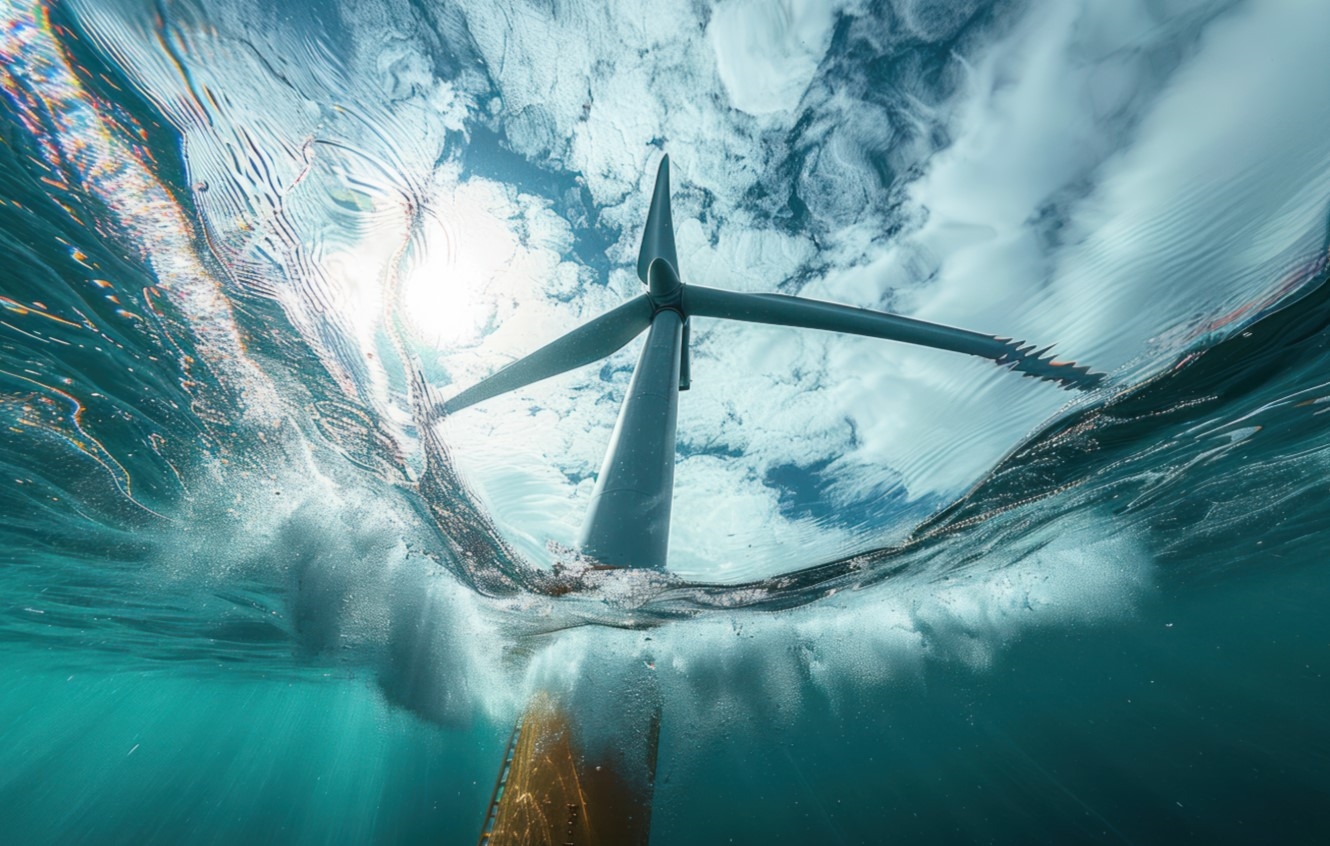From energy transition to energy stagnation
Here we are, sweltering on Summer Solstice and – judging by phones not being picked up – the market’s having the season equivalent of a “snow day”.
So, given nobody’s about, let’s just riff off a previous editorial on the offshore wind sector and take it to the next stage… a worrying stage that’s inserting a fly in the ointment that is energy security.

This sparked off an international frenzy to do likewise. And quite right too. It never pays to be reliant on external sources for your energy.
First there was a mad rush to hydrogen and announcements flooded inboxes of this that and the next thing… only for many of them to be quietly scrapped as they made precious little sense.
Then chat shifted to increasing renewables. But this was kinda impacted earlier this year by the power outage in Spain and Portugal… though everyone insists this was not caused by over-reliance on sun and wind.
More recently, the focus has shifted towards nuclear – from baseload behemoths to more humble SMRs, nimble nano nuclear and boffins with their greedy hands out for fusion funding – but that takes a long time to deliver (even longer for fusion!).
In the meantime, the established sector that is offshore wind continues to be buffeted by the sort of headwind that generates no energy… the opposite, in fact… that sucks energy from a burgeoning sector.
Earlier this week, IJGlobal reported that Estonia had called a halt to its auction for the Saare 7 offshore wind area due to procedural issues with the 2 developers – Sunly Wind and Utilitas Wind – that had initially shown interest. Sunly chose not to submit an application while Utilitas didn’t pay the deposit. Sunly went a different direction, choosing to partner with Valorem and Deep Wind Offshore on Estonia’s 1.4GW Tuul Energy OWF.
Also in June Statkraft threw in the towel, opting not to bid on Utsira Nord floating offshore wind zone in Norway after its consortium fell apart last year (2024). It looks like Statkraft failed to find new partners and wasn’t going to fly solo.
Ørsted in May rather famously opted to throw the baby out with the seawater on the UK’s 2.4GW Hornsea 4 which last September (2024) received a CfD award in allocation round 6 (AR6) with a strike price of £58.87 ($78.59) per MWh. It opted to cut further spending on the project and terminate supply chain contracts, citing rising supply chain costs, higher interest rates, and an increase in the risk to construct a project of this scale within the timeframe.
Fuinneamh Sceirde Teoranta (FST) – the JV between Macquarie’s Corio Generation and Ontario Teachers' Pension Plan (OTPP) – in April pulled the plug on Sceirde Rocks offshore windfarm off the coast of Connemara, Ireland. This decision was reached after a technical assessment of the project and followed a Corio announcement that it was restructuring and downsizing its offshore wind pipeline. We are also hearing that Corio has exited its JV with A Energi (45% owned by Statkraft) which it formed last June to target Nordic offshore wind, including Utsira Nord.
Late last year, the Swedish government rejected planning applications for 13 of the 14 offshore wind farms it had on the books in the Baltic Sea. The ambitious programme was scaled back to just the one project – the 1.4GW Poseidon floating offshore wind farm which will be the nation’s first and supports state-owned Vattenfall.
Last November, the market was disappointed to learn that the Netherlands Enterprise Agency (RVO) was to auction off 3GW of offshore wind capacity – 1GW less than had been billed. It opted to continue with 1GW projects at IJmuiden Ver Gamma-A; IJmuiden Ver Gamma-B and Nederwiek I-A… postponing Nederwiek I-B with no word on future plans. But then by May, they were scaling that back opting to kick the can down the road, hoping for improved market conditions.
Taking it further back again, European Energy in January 2024 scrapped plans for Denmark’s 280MW Omø South OWF after the Danish government said it was going to designate the proposed site a Natura 2000 bird sanctuary. It was originally approved in 2020, but by this May Denmark was favouring sites closer to shore.
Sticking with Denmark, it was a bit of a slap in the face at the end of last year when the Danish Energy Agency (DEA) received zero bids for its first 3GW phase of its tender to develop at least 6GW of offshore wind. A raspberry award for North Sea I maritime zone which included North Sea I-A1; North Sea I-A2 and North Sea I-A3… maybe the names were just too boring?
There is light at the end of the tunnel for the Netherlands, Germany and the Nordics where there is political for 2-way CfDs that reduce the risk of negative bidding (as seen in the latest German auction won by TotalEnergies) while giving developers the revenue certainty they need to show up and invest in future offshore wind auctions.
That light needs to get a good deal brighter and the tunnel a good deal shorter to achieve the energy security that European nations desire.
In the meantime, make a cup of tea and wait for nuclear fusion to make everything redundant. You’ll need more than one teabag.
Request a Demo
Interested in IJGlobal? Request a demo to discuss a trial with a member of our team. Talk to the team to explore the value of our asset and transaction databases, our market-leading news, league tables and much more.